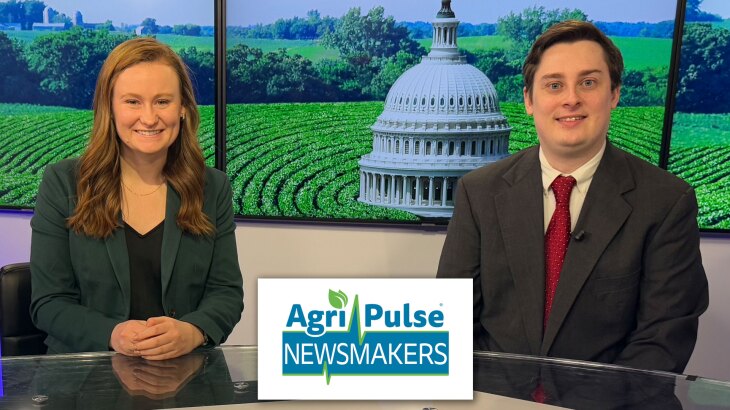Good economic conditions have made the South Plains of Texas a desirable place to be for livestock producers.
One Texas A&M AgriLife Extension Livestock Economist says that people from as far as California have moved to the area sparking a huge amount of growth.
“I think there’s a number of attributes of the Southern Plains that have been very attractive. One is land availability, the ability to grow feed on that land, and so you know that right there allows you to move from say over there to here and vastly expand. Because you’re in the Southern Plains and the Panhandle or Souther Plains region an arid region, I think that lends some help in terms of, you know, environmental permitting and things like that. There’s also a region that’s very used to confined animal feeding. We have feed lots everywhere, so that part was nothing new,” according to Dr. David Anderson.
Texas dairy cows produce upwards of 16 billion pounds of milk a year, playing a key role in U.S. production, an industry which has seen some major growth.
“We’re consuming basically more milk that ever before, but we consume it in different forms, right? Instead of drinking it in fluid form, as you noted our per capita consumption has been declining there for many years. We eat more cheese. We eat more pizza, you know. So, we’re getting our dairy products, but we’re getting them in different forms. So pizza is one, you know, with cheese on it. Butter per capita consumption has been increasing from a number of years and I think that follows a trend of sort of this pendulum away from, you know, gosh, you know, don’t eat fats, fats are bad, but it turns out what we replaced that with might have been worse. And so, we’ve moved back to more— I’m going to say more natural, like butter. I mean, what’s your ingredients in butter? It’s milk. And so, you know, we see increasing per capita consumption of cheese of a variety of differnt cheeses... We certainly had the boom serveral years ago in Greek-style yogurts, and so, you know, we’ve got a bunch of these dairy products that really have been booming,” he adds.
Another area that has seen major growth, by-products like whey. Consumers looking to add more protein in their diets have led to major demand for whey proteins.











